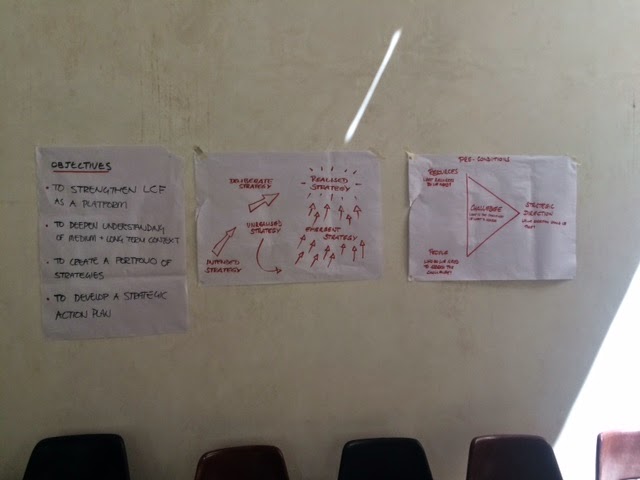 Energy. Transportation. Trade. These are the economic drivers that the Kenyan government is seeking to tap at scale as it attempts to meet the goals in its “Vision 2030” plan for turning Kenya into a middle-income country. Central to this plan is an infrastructure corridor known as LAPSSET, which stands for “Lamu Port, South Sudan, Ethiopia Transport.” But there is another element that needs to be considered in infrastructure development: people.
Energy. Transportation. Trade. These are the economic drivers that the Kenyan government is seeking to tap at scale as it attempts to meet the goals in its “Vision 2030” plan for turning Kenya into a middle-income country. Central to this plan is an infrastructure corridor known as LAPSSET, which stands for “Lamu Port, South Sudan, Ethiopia Transport.” But there is another element that needs to be considered in infrastructure development: people.To ensure that that happens, a coalition of civil society organizations have joined together to form the LAPSSET Community Forum (LCF) in order to examine the potential benefits and impacts of the LAPSSET corridor on affected communities and respond to those benefits and impacts in an organized manner. On 24 November 2014, the LCF kicked off a four day meeting in Lamu to discuss issues related to LAPSSET and strategize on a way forward. The meeting brings together stakeholders located all along the LAPSSET corridor, from northern Kenya to those in Lamu itself.
If LAPSSET is completed as planned, many parts of Kenya that have seen little development since decolonization, such as the northern part of the country and the northern coast, will experience profound changes in existing infrastructure. New infrastructure will include paved roads, railways, airports, and even entire cities. Such infrastructure will bring new economic opportunities, but it will also cause major environmental and social impacts. The LCF seeks to understand these impacts and ensure that community rights, particularly those relating to land and livelihoods, are taken into account in the planning and implementation of LAPSSET.
